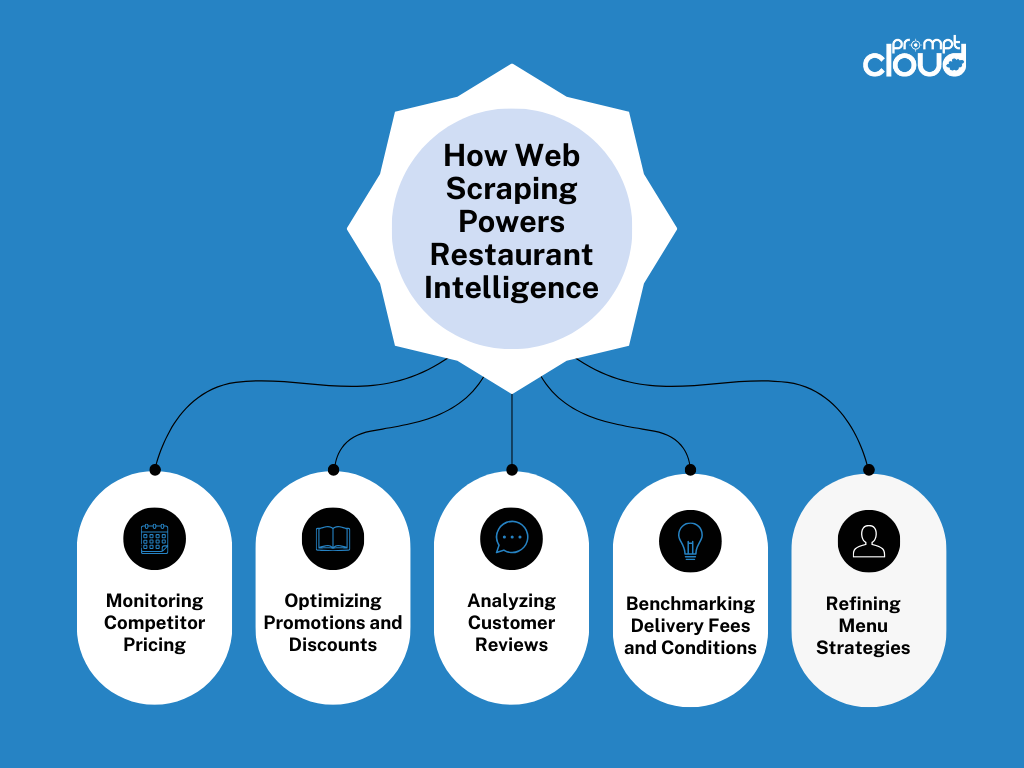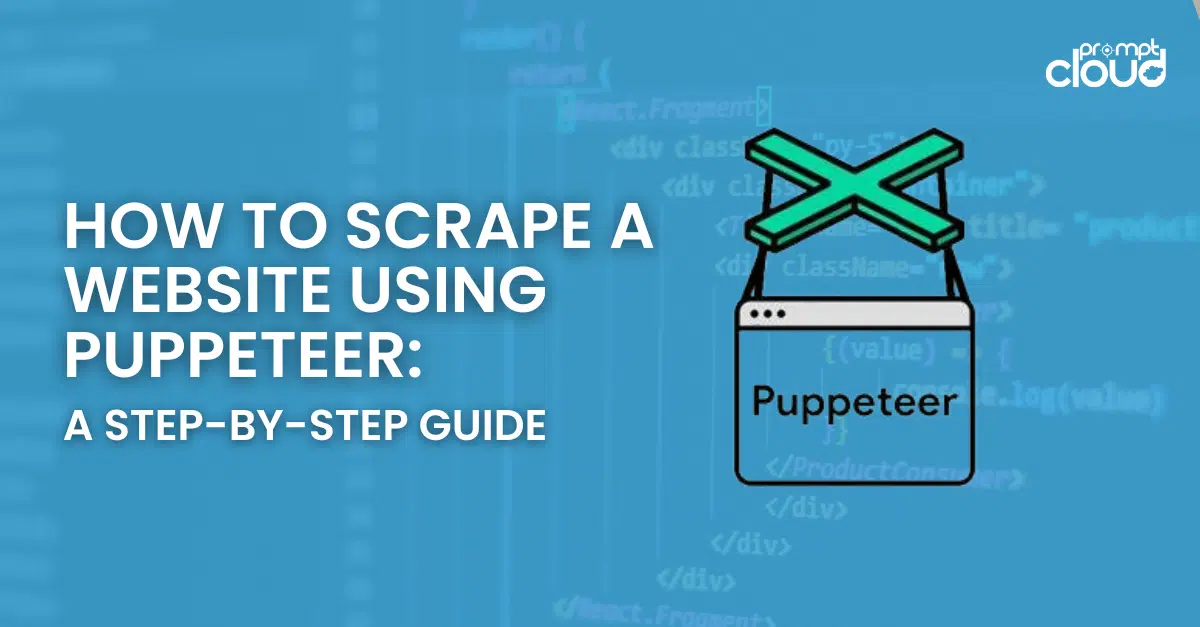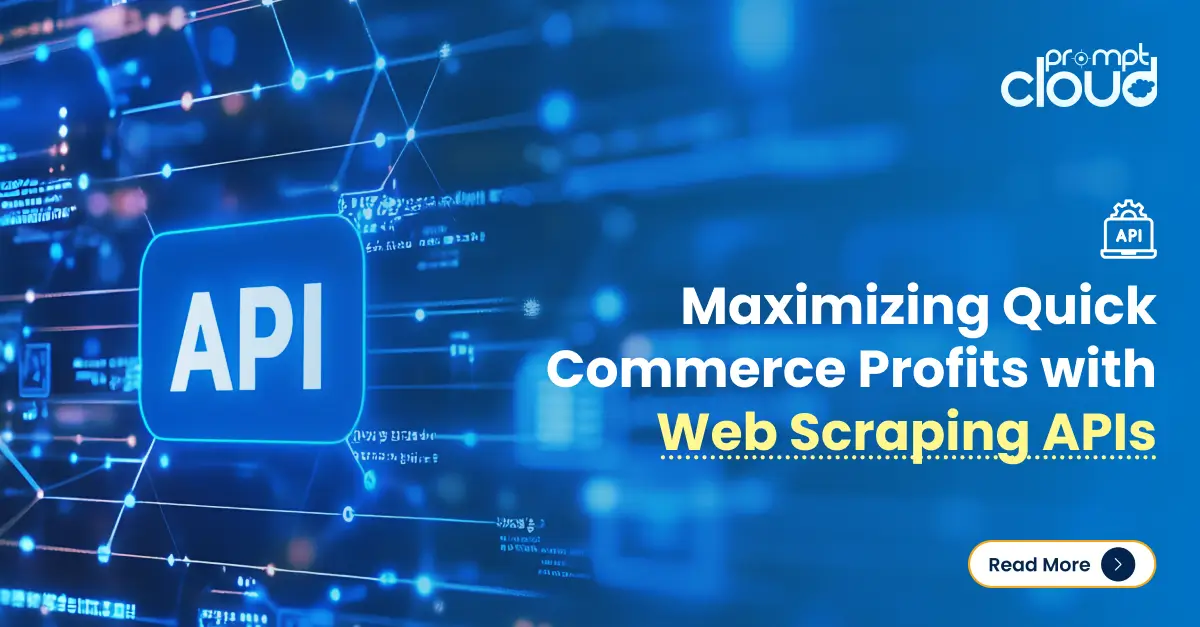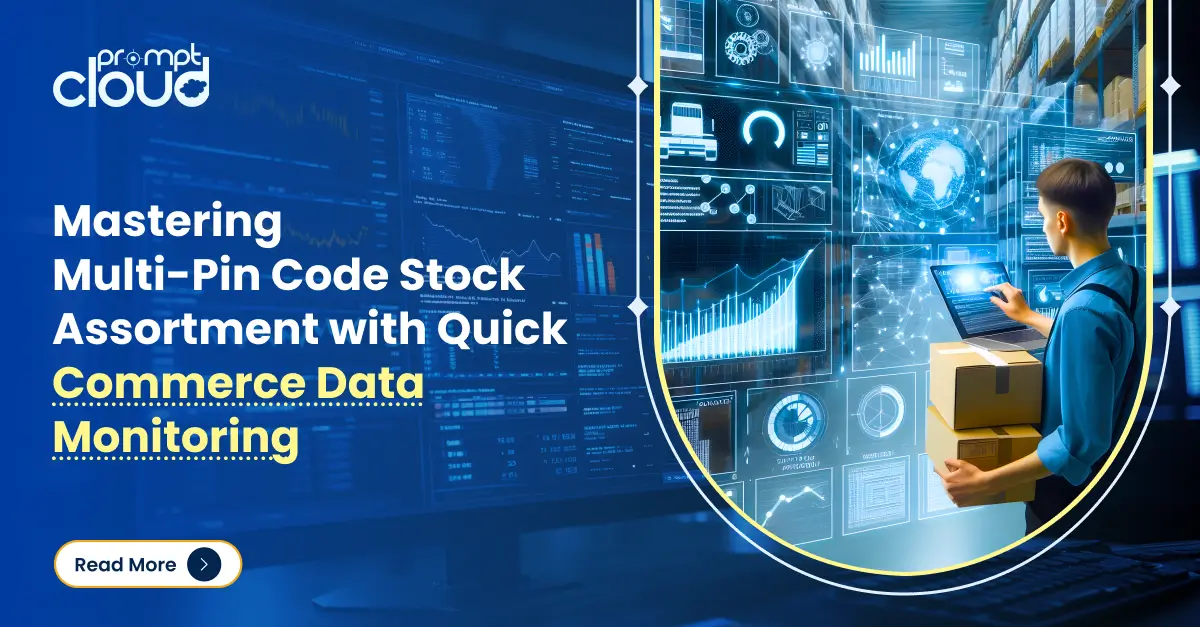In the digital age, platforms like UberEats have reshaped how restaurants interact with customers. The convenience of food delivery apps has created a competitive environment where every detail – pricing, menu, promotions, delivery fees can influence a customer’s decision. While this transparency empowers consumers, it presents a challenge for restaurants trying to stand out.
For a restaurant to thrive, competitive intelligence is essential. By leveraging web scraping, restaurants can collect and analyze data from food delivery platforms like UberEats. This restaurant data provides actionable insights into competitor pricing, promotions, menu trends, and more. With these insights, restaurants can make informed decisions that enhance customer satisfaction, improve profitability, and maintain a competitive edge.
Why Restaurants Need Competitive Intelligence?
Imagine a potential customer scrolling through UberEats. They’re presented with options side by side: similar dishes, similar delivery times, but varying prices and promotions. A small price difference, free delivery, or a tempting offer can easily sway their choice.
For restaurants, this creates an urgent need to:
- Understand competitors’ pricing strategies.
- Analyze promotions that competitors are running.
- Identify gaps in menus or trends that could provide an edge.
- Optimize delivery fees to attract more customers.
Without real-time data on these factors, restaurants risk being outmaneuvered by competitors. This is where web scraping becomes a game-changer, offering a way to continuously track the market and adapt strategies to meet customer demands.
How Web Scraping Powers Restaurant Intelligence?
Web scraping automates the process of gathering publicly available data from platforms like UberEats. This data feeds into a comprehensive analysis of competitors and market conditions, helping restaurants optimize their offerings. Let’s explore how web scraping restaurant data can provide actionable insights:

1. Monitoring Competitor Pricing
Pricing is one of the most critical factors influencing customer choice on UberEats. With web restaurant data scraping, businesses can:
- Compare the prices of similar dishes across competitors.
- Spot dynamic pricing trends, such as higher prices during peak hours or discounts during off-peak times.
- Track regional differences in pricing if operating in multiple locations.
For example, imagine noticing a dip in orders for your best-selling pasta dish. Web scraping reveals that a competitor nearby has lowered the price of a similar dish by 15%. Armed with this knowledge, you can adjust your pricing or highlight unique aspects of your dish to retain your competitive edge.
2. Optimizing Promotions and Discounts
Promotions can attract customers, but running them effectively requires a clear understanding of the competitive landscape. Web scraping helps track:
- Types of discounts competitors offer, such as free delivery or buy-one-get-one-free deals.
- Frequency and timing of competitor promotions.
- Popular promotion types that drive customer interest.
Let’s say a competitor is running a “Weekend Special” with discounted meal combos. By identifying the success of this strategy, you can introduce your own weekend promotions to counteract their offer. This ensures your restaurant remains top-of-mind for customers.
3. Analyzing Customer Reviews
Customer reviews provide invaluable insights into what diners love—or dislike—about their experience. Web scraping can collect review data to help you:
- Identify recurring complaints about competitors, such as small portions or slow delivery.
- Analyze what customers praise most, such as affordability or menu variety.
- Highlight trends in customer expectations, like increasing interest in plant-based options.
For example, if reviews show that competitors’ customers frequently mention a lack of vegan options, you can capitalize on this by introducing vegan dishes to your menu and promoting them actively.
4. Benchmarking Delivery Fees and Conditions
Delivery fees can make or break a customer’s decision. High delivery fees may deter orders, while free delivery offers often attract cost-conscious customers. Web scraping enables you to:
- Compare delivery fees charged by competitors in different regions.
- Track delivery promotions like free delivery for orders over a specific amount.
- Understand how competitors adjust fees during peak times or in high-demand areas.
This data allows you to align your delivery pricing with market expectations, ensuring you’re competitive while maintaining profitability.
5. Refining Menu Strategies
Your menu is a reflection of your brand and a key factor in attracting customers. Web scraping can analyze menu data from competitors to:
- Identify popular dishes and their price points.
- Spot gaps in competitors’ offerings, such as cuisines or items they don’t offer.
- Understand how competitors differentiate premium dishes versus standard ones.
For instance, if you notice competitors are pushing limited-time seasonal items and customers are responding positively, you can create your own seasonal offerings to capitalize on the trend.
How do Restaurants Benefit from Competitive Intelligence?
The insights gained from web scraping go beyond understanding competitors. They empower restaurants to:
- Stay Agile: With real-time data, you can respond quickly to market changes, such as adjusting prices when competitors introduce discounts.
- Maximize Profitability: By aligning your prices and promotions with market trends, you can attract customers while maintaining healthy margins.
- Enhance Customer Experience: Tailoring your menu, pricing, and delivery strategies to customer preferences builds loyalty and satisfaction.
- Boost Marketing Effectiveness: Data-driven campaigns ensure promotions resonate with customers and deliver measurable results.
- Strengthen Market Position: Competitive intelligence helps you stand out by highlighting your unique value proposition in a crowded market.
Real-World Example of How Web Scraping Drives Success
Consider this scenario: You run a chain of restaurants specializing in burgers. Recently, your dinner orders have dropped, and you’re unsure why. Using restaurant data scraping, you discover:
- Competitors are running dinner promotions, such as discounted meal combos or free delivery after 6 PM.
- A competitor is promoting their new plant-based burger, which has been generating buzz.
- Your delivery fees are higher than competitors for orders under $20.
With this data, you can take action:
- Introduce a dinner special to counteract competitors’ promotions.
- Highlight your premium offerings, like freshly baked buns or locally sourced ingredients, to differentiate your brand.
- Offer free delivery for orders over $20 to remain competitive.
Within weeks, you notice an increase in dinner orders and positive customer feedback about your competitive pricing.
Why Web Scraping is Essential for Restaurants?
Web scraping offers several key advantages for restaurants, including:
- Real-Time Insights: Access up-to-date data to make informed decisions.
- Scalability: Monitor competitors across multiple regions or delivery platforms.
- Automation: Save time and resources by automating data collection.
- Accuracy: Gain precise insights into pricing, promotions, reviews, and trends.
When paired with effective strategies, these insights enable restaurants to achieve sustainable growth in a competitive landscape.
How PromptCloud Can Help You Succeed?
At PromptCloud, we specialize in delivering customized web scraping solutions for restaurants. With our expertise, you can:
- Track competitor prices, promotions, and delivery fees in real-time.
- Analyze customer reviews to identify trends and opportunities.
- Receive tailored data insights to guide your pricing, menu, and marketing strategies.
Our solutions are designed to help restaurants harness the power of competitive intelligence, enabling you to attract more customers, optimize profitability, and stay ahead of the competition.
Conclusion:
In a fast-paced marketplace like UberEats, success depends on more than great food – it requires understanding your competition and adapting to customer needs. By leveraging web scraping for competitive intelligence, restaurants can make data-driven decisions that enhance their offerings, attract more customers, and secure a strong market position.
Ready to elevate your restaurant’s performance? Let PromptCloud help you unlock the full potential of competitive intelligence. Contact Us today.




















